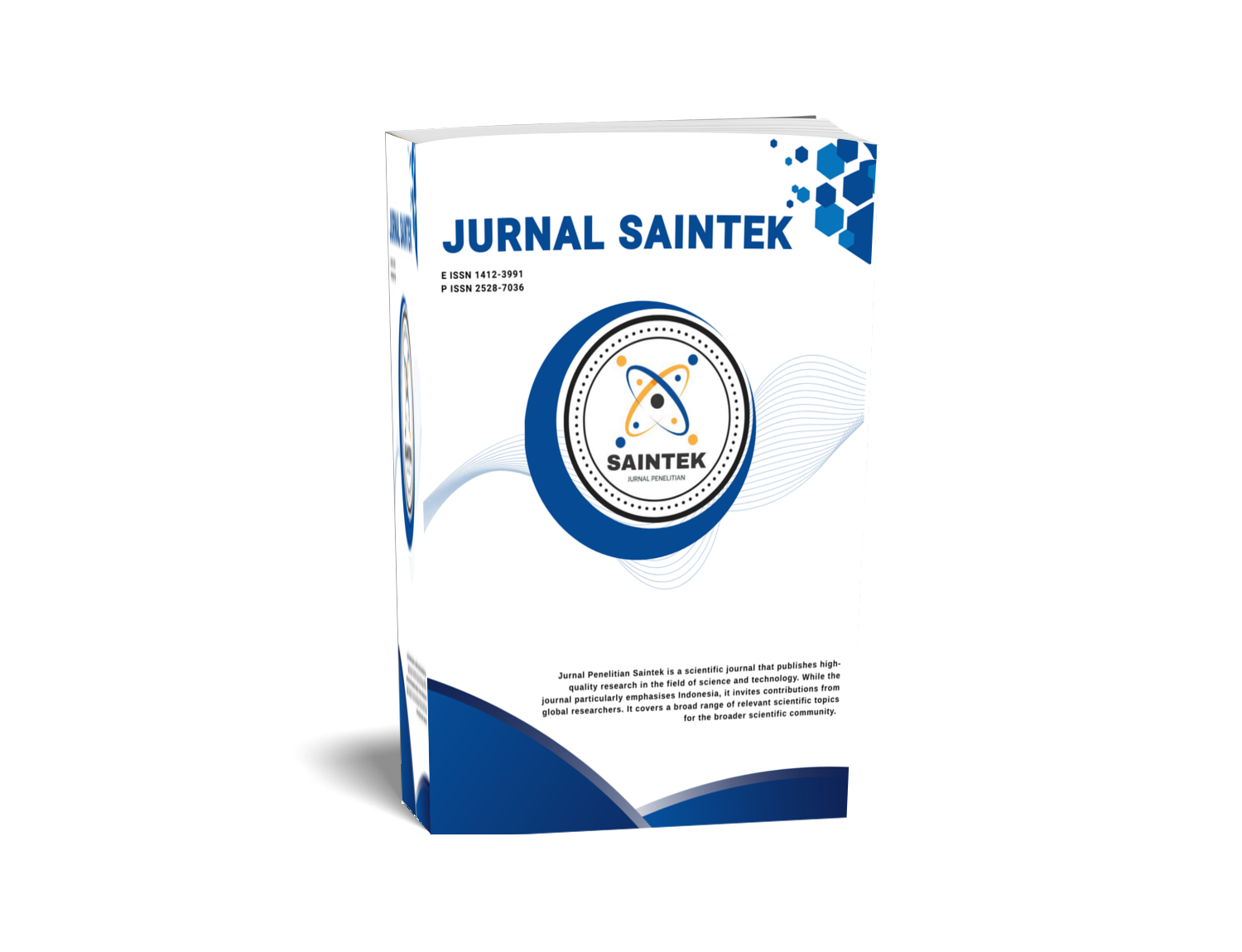EXPLORING THE POTENTIAL ENERGY OF LODAGUNG MINI-HYDROPOWER PLANT IN BLITAR, WEST JAVA, INDONESIA
DOI:
https://doi.org/10.21831/jps.v26i1.35248Keywords:
renewable energy, Mini-hydropower plant, design discharge, electric power, LodagungAbstract
Renewable energy in Indonesia is not optimally developed. Most existing renewable energy power plants come from water and geothermal, but the utilized capacity is far away from significant. Lodagung mini-hydro power plant was built by The Public Corporation, Jasa Tirta I with an installed capacity of 2x650 kW utilizing water from the Lodagung Irrigation Channel, Wlingi Dam to generate electricity in Blitar Regency, East Java. The plant has become the first to use Siphon technology in its operation. This study aims to analyse the potential power generated by Lodagung Mini-hydropower plant using primary and secondary data. The data processing was done by calculating the reliable discharge of the irrigation channel for three years since 2011 to 2013; calculating the water discharge in the siphon pipe; and calculating the estimated power generated by the plant. The findings indicate that the maximum discharge of the Lodagung irrigation channel is 13.78 m3/second, and the minimum discharge is 8.89 m3/second. The design discharge is 13.78 m3/second, and the maximum discharge in the siphon pipe is 3.96 m3/second/pipe. Based on the need, the expected power generated ranges from 16.48 kWh/day to 28.66 kWh/day.
References
Anggraini, F. R., Juwono, P. T., & Suhartanto, E. (2018). Studi potensi Pembangkit Listrik Tenaga Mini Hidro (PLTM) Desa Kepil, Kabupaten Wonosobo, Jawa Tengah. Jurnal Mahasiswa Jurusan Teknik Pengairan, 1(2), 14.
Dewi, R. P. (2020). Analisis potensi daya listrik aliran sungai cibuni. Power Elektronik: Jurnal Orang Elektro, 9(2), 25-29.
Dwiyanto, V., Kusumastuti, D. I., & Tugiono, S. (2016). Analisis pembangkit listrik tenaga mikro hidro (PLTMH). Studi Kasus: Sungai Air Anak (Hulu Sungai Way Besai). Jurnal Rekayasa Sipil dan Desain, 4(3), 407-422.
European Small Hydropower Association. (2010). Energy recovery in existing infrastructures with small hydropower plants. Sixth framework programme. Mhylab, Montcherand.
Harvey, A., Hettiarachi, P., & Iversin, A. R. (1993). Micro hydro design manual. ITDG, UK.
Imanudin, F. A., Rusdinar, A., & Darlis, D. (2016). Rancang bangun pembangkit listrik mikrohidro (PLTMH) pada pipa saluran pembuangan air hujan vertikal. eProceedings of Engineering, 3(1).
Institute for Essential Services Reform. (2019). Laporan status energi bersih Indonesia: Potensi, kapasitas terpasang, dan rencana pembangunan pembangkit listrik energi terbarukan 2019. Retrieved from http://iesr.or.id/wp-content/uploads/2019/07/IESR_Infographic_Status-Energi-Terbarukan-Indonesia.pdf.
Jasa Tirta I. (2020). Peresmian PLTM Lodagung Perum Jasa Tirta I. http://jasatirta1.co.id/id_ID/2018/02/20/5571/ (diakses 11 September 2020).
Kementerian Energi dan Sumberdaya Mineral. (2019). Rencana umum ketenagalistrikan nasional 2019-2038. https://jdih.esdm.go.id/storage/document/Kepmen-esdm-143-Thn%202019%20RUKN%202019.pdf.
Limantara, L. M. (2010). Hidrologi praktis. Bandung: Lubuk Agung.
Maali, N. (2017). Perencanaan pembangkit listrik tenaga mikro hidro (PLTMH) Kepung Kabupaten Kediri (Doctoral dissertation). Institut Teknologi Sepuluh Nopember, Surabaya.
Nasir, B. A. (2013). Design of micro-hydro-electric power station. International Journal of Engineering and Advanced Technology, 2(5), 39-47.
Penche, C. (1998). Layman's guidebook on how to develop a small hydro site. DG XVII, European Commission.
Pranoto, B., Aini, S. N., Soekarno, H., Zukhrufiyati, A., Al Rasyid, H., & Lestari, S. (2018). Potensi energi mikrohidro di daerah irigasi (Studi Kasus di Wilayah Sungai Serayu Opak). Jurnal Irigasi, 12(2), 77-86.
Putra, I. G., Weking, A. I., & Jasa, L. (2018). Analisa pengaruh tekanan air terhadap kinerja PLTMH dengan menggunakan turbin archimedes screw. Majalah Ilmiah Teknologi Elektro, 17(3), 385-392.
Riady. E. (2018). PLTM Lodagung, air jadi listrik yang dinikmati warga Blitar. https://news.detik.com/berita-jawa-timur/d-3876517/pltm-lodagung-air-jadi-listrik-yang-dinikmati-warga-blitar.
Widhiatmaka. (2010). Pengembangan PLTMH turbin siphon: Prospek dan hambatannya di Indonesia. Energi dan Ketenagalistrikan, 8(3), 82-87.
Downloads
Published
How to Cite
Issue
Section
Citation Check
License
Who Can Submit?
Any individual may submit an original manuscript for consideration for publication in Jurnal Penelitian Saintek as long as they hold the copyright to the work or are authorized by the copyright owner(s) to submit it. Authors retain initial ownership of the copyrights to their works prior to publication, except in cases where, as a condition of employment, they have agreed to transfer copyright to their employer.
User Rights
Jurnal Penelitian Saintek is an Open Access journal. Users are granted the right to read, download, copy, distribute, print, search, or link to the full texts of articles, provided they comply with the conditions of the Creative Commons Attribution-ShareAlike License 4.0 (CC BY-SA 4.0).
https://creativecommons.org/licenses/by-sa/4.0/
Author Rights
Authors retains copyrights.
Jurnal Penelitian Saintek by http://journal.uny.ac.id/index.php/saintek is licensed under a Creative Commons Attribution-ShareAlike 4.0 International License.









